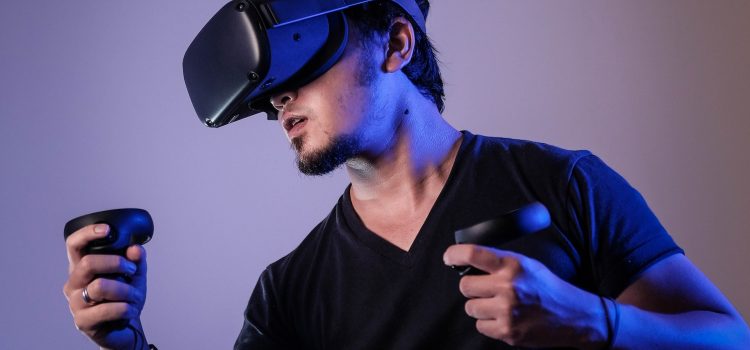
Virtual reality (VR) technology has come a long way in recent years. Once thought of as something only for gamers, VR is now being used in a wide range of industries, from healthcare and education to real estate and manufacturing. With the rise of new VR devices and applications, it’s clear that this technology is only going to become more ubiquitous in our lives.
The earliest VR technologies were developed in the 1960s and 1970s, but it wasn’t until the 1990s that VR began to gain traction in the gaming world. In 1995, the first VR headset, the Virtual Boy, was released by Nintendo. Although it was a commercial failure, it paved the way for future VR innovations.
In 2012, the Oculus Rift was introduced, and it quickly became the most popular VR headset for gamers. The Rift was designed specifically for gaming, with a wide field of view and low latency to provide an immersive experience. The success of the Oculus Rift led to the development of other VR headsets, including the HTC Vive, PlayStation VR, and Samsung Gear VR.
While gaming is still a major application for VR technology, it has since expanded into other industries. In healthcare, VR is being used for pain management, exposure therapy, and surgical training. In education, VR is being used to create interactive learning experiences for students. In real estate, VR is being used to create virtual property tours for potential buyers. In manufacturing, VR is being used to create virtual prototypes and improve workflow processes.
One of the biggest challenges for VR technology has been the need for high-powered hardware to run it. VR requires a powerful graphics card and processor to provide a smooth and immersive experience. However, as technology has advanced, this has become less of an issue. Newer VR headsets, such as the Oculus Quest, are standalone devices that don’t require a PC or console to run. These standalone devices have made VR more accessible to the general public.
Another challenge for VR technology has been the issue of motion sickness. This is caused by a disconnect between what the user sees and what their body feels. As the technology has improved, developers have found ways to reduce motion sickness, such as by using higher refresh rates and reducing latency.
As VR technology continues to evolve, it’s clear that it has the potential to change the way we live and work. With the ability to create immersive experiences, VR has the power to transform education, healthcare, real estate, and many other industries. As more companies invest in VR technology, we can expect to see even more exciting developments in the coming years.










